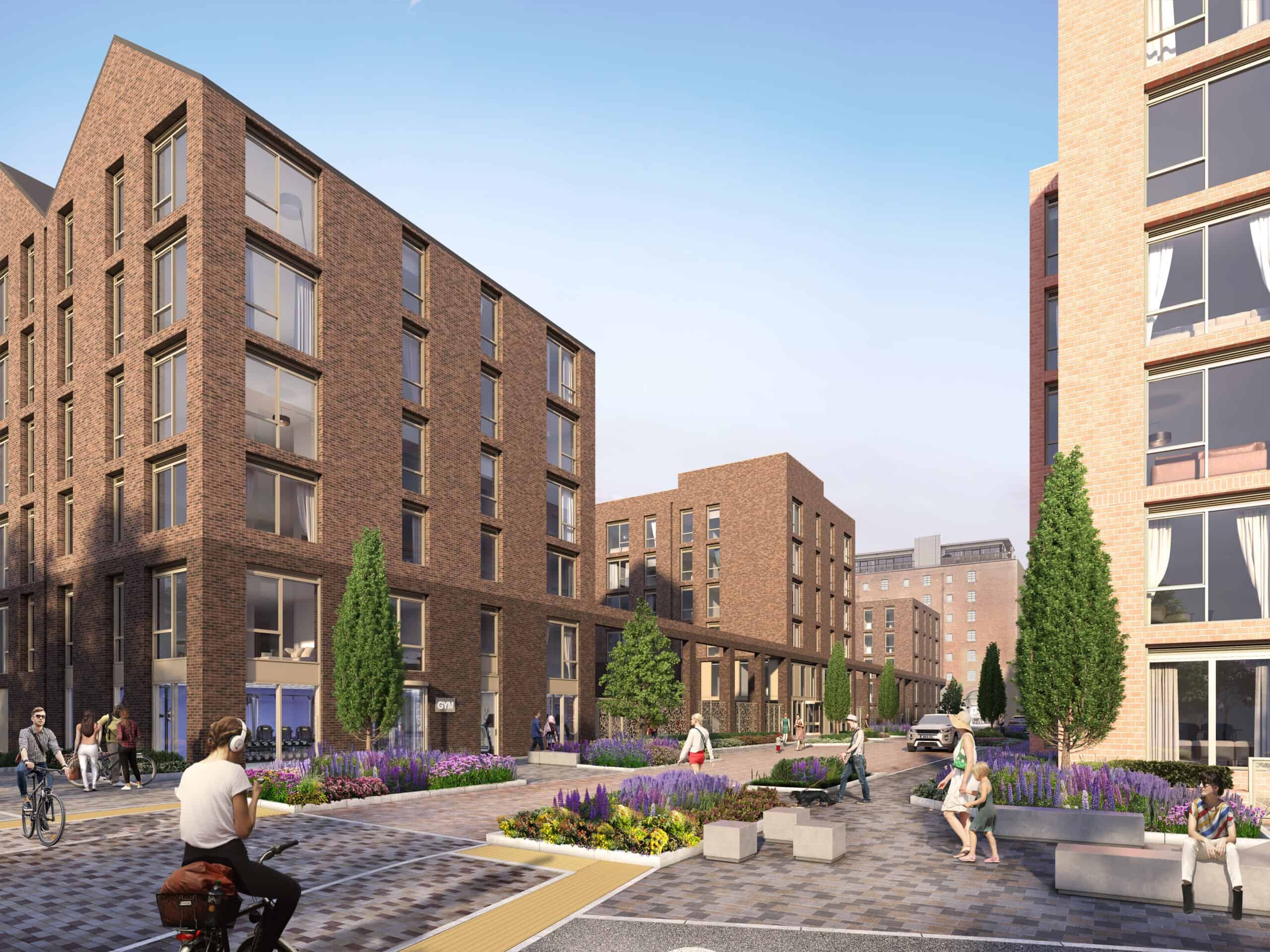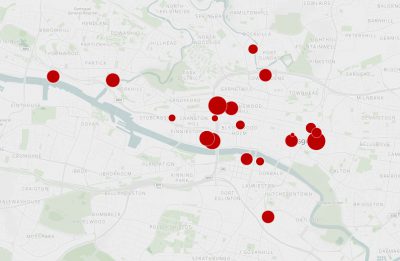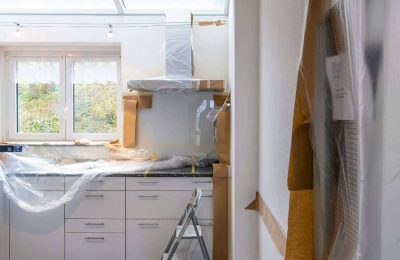Build to Rent (BTR) residences are purpose built rental accommodation, mostly funded by institutional investors (such as pension funds), which provide residents with a flexible alternate to the traditional private rented sector (PRS).
BTR is fundamentally different to PRS; it is really important that politicians understand the difference when devising legislation targeted at rental property.
PRS, on the other hand, is more often characterised by individual homes (usually apartments), often in older buildings and owned by individual or private landlords.
BTR comes in many forms and aims to provide individuals, communities and different age cohorts with a housing format they are comfortable to call their long-term home.
Across the UK there are now 73,739 BTR homes occupied (source: BPF); however, in Scotland, investment into the sector has been slow to gain momentum with only c.1,300 homes occupied (source: Scarlett Land and Development). As a result of the rent freeze announced by the Scottish Government in September 2022, investment into Scotland has all but evaporated. Only when the rent freeze/cap is fully lifted, the supply of BTR will be switched back on and residents in Scotland will be able to benefit from all of the positives that BTR homes have to offer.
The positive attributes of a BTR development include:
- Higher quality homes – well designed, well insulated, low running costs
- Fossil free energy – most developments are now powered by air source heat pumps
- Strong ESG and green credentials; often net zero ready
- Safe and professionally run environments
- Lower EPC’s – resulting in lower energy bills
- Wide range of choice – in terms of bedrooms, configuration and location
- The highest post Grenfell fire safety standards
- Furnished homes – with new and appropriate equipment
- Pet-friendly leases – in some cases
- Rents are often all inclusive – resulting in overall lower monthly bills
- No service charges
- Wi fi included
- Gym included
- Co-working spaces included
- Communal areas (cinema room, social areas) included
- Repairs are free of charge and attended to quickly by on-site management
Community Benefits
With residents being the primary focus in a BTR development, there are often a wide range of community benefits offered, including operator run social events, communal areas, co-working spaces and management app. These little things often make the difference to residents in making a property feel much more like their own home, and are often difficult to find in traditional PRS accommodation. Institutional landlords are also better placed (than, perhaps, some individual landlords) to take a compassionate view when a resident encounters hard times – as evidenced during Covid where many funds were willing and able to work with residents. This might entail a temporary relaxation of rent, a rent plan, or a move to a more cost-effective property within the same scheme.
The well-thought out amenity in a BTR scheme focuses on enhancing resident lifestyles through social activities, co-working areas and engaging communal spaces such as roof terraces, gyms, games room, dining areas, cafes, or playgrounds. These attributes shape each BTR community and create tenant loyalty and wellbeing.
Those institutional investors, which often fund large-scale BTR developments, have very similar aims to those of the Scottish Government, as set out by Scottish Government in The New Deal for Tenants – Strategy Consultation paper document (December 2021) pages 9 and 11:
- Improve quality
- Support to tenants to manage their stay
- Housing choice
- Community empowerment
- Tenancy voice
- Good quality
- Net zero aim
- Affordable options
- Security of tenure
- Availability of services
- Habitability
- Accessibility
This list could equally have been written by institutional investors who want their residents to benefit from these attributes because it is the right thing to do; they create happy communities and happy residents are desirable residents who look after their home and elect to remain in residence.
A full listing of Scotland BTR and an interactive map of BTR schemes can be viewed here.












